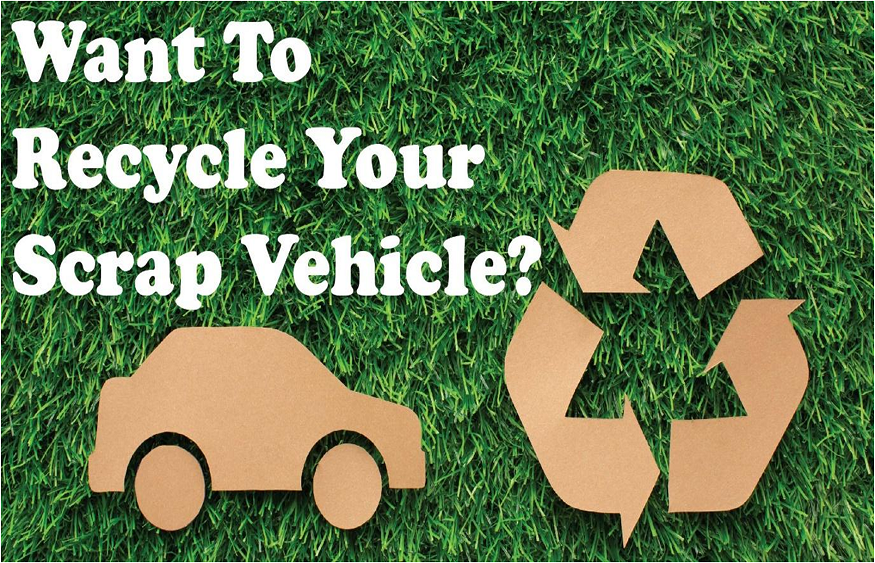Car Wreckers take care of damaged cars that are no longer safe to drive. They salvage usable parts and sell them to repairers at discounted prices. They also recycle scrap metal, which saves energy and reduces the demand for new steel.
During the dismantling process, fluids such as engine coolant, transmission oil, and air conditioning refrigerants are drained and disposed of safely. This prevents environmental contamination and promotes sustainability.
Recycling
Car wreckers recycle vehicles by sorting through the parts and removing the ones that are not usable. They also follow strict procedures to avoid environmental damage, which is why they’re so valuable to the community. For instance, they remove toxic chemicals from the cars, such as battery acid and power steering fluid, which are potentially harmful to the environment and human beings.
After removing the still-usable parts from a car, it’s crushed by an industrial-sized crusher and turned into scrap metal. Then, the recycled steel is sold to companies who use it to make products. In this way, car wreckers prevent colossal amounts of metal from ending up in landfills and instead recirculate it in a useful manner.
Auto wreckers are also a great source of rare and hard-to-find parts that are not easily available in stores. Additionally, they’re a great resource for those who need temporary replacement parts, like windshield wipers or headlights. These parts are usually in stock at most wrecking yards, so they can be picked up quickly and easily.
Dismantling
Car wreckers carefully dismantle vehicles to recover any parts that are still usable. They identify which components can be sold on and what materials are recyclable. This process also helps reduce the strain on landfills. Car wreckers may sell parts directly to customers, or they can offer them for sale at car auctions. The latter option offers an alternative way for people to recycle their old cars and may be more convenient than selling them in a private deal.
The junk car recycling industry is a huge contributor to the economy and environment. It is important for governments and environmental organisations to collaborate on this effort to encourage more responsible disposal of vehicles. Education and awareness campaigns can also help individuals make better decisions regarding vehicle disposal. These efforts will be a significant factor in creating a more sustainable society.
During the car wrecking process, all fluids are drained and recycled. This includes oil, brake fluid, transmission fluid and other waste chemicals. The battery is also removed and recycled. The battery casing can be used to create new batteries, and the lead is melted down and turned into steel. Other parts of the car are also recycled. Tires can be turned into rubber mats, glass is reused as countertops, and scrap metal is used to create new car parts.
Disposal
Car wreckers buy and recycle cars that are beyond repair. They purchase them at auctions, from private sellers, insurance tow yards, and through trade-ins. After acquiring the vehicles, they dismantle them and sell usable parts to second-hand auto parts recyclers across Victoria. They also store the unusable scrap metal in salvage yards. We are located in Dandenong and Serve all the major suburbs in Melbourne. However, they are regulated by local governments and must comply with performance standards. These standards are set for spacing, parking, and storage areas. In addition, they must adhere to environmental regulations.
Once a vehicle is dismantled, the car wrecker drains all fluids and recycles them for reuse. This is important to prevent environmental contamination and promote sustainability. In addition, the wrecker will dispose of any toxic chemicals in a safe manner. These chemicals may cause skin irritation and organ failure, so they must be handled with great care.
The tyres and wheels of the car are also disposed of at the wrecker. Depending on the type of vehicle, the tyres might have sufficient tread to be used as spares on other vehicles. In addition, the wheels can be recycled to produce new ones. This helps save on the cost of buying new ones and reduces waste. The wrecker also reclaims the steel from the car and recycles it, which saves energy and natural resources. This way, colossal amounts of scrap metal are not left to pollute the environment.


